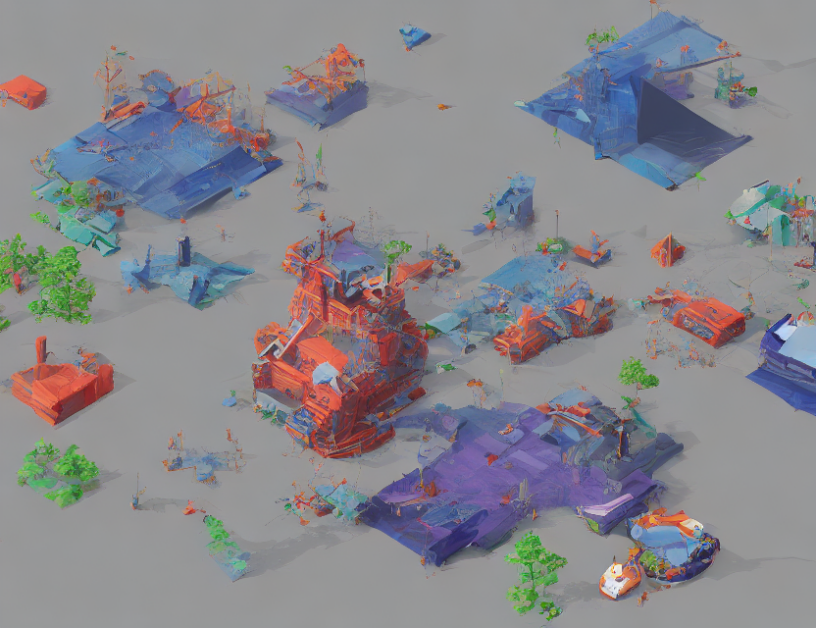Autonomous vehicles rely on Simultaneous Localization and Mapping (SLAM) to navigate their surroundings. SLAM combines information from various sensors, including cameras and sonar, to create a map of the environment while simultaneously localizing the vehicle within that map. However, inaccurate or incomplete sensor data can lead to errors in the map, making it challenging for the vehicle to navigate accurately. This is where graph-based SLAM comes in.
Graph-based SLAM uses a different approach to create and update the map. Instead of relying on individual landmarks, it creates a graph structure that connects neighboring landmarks. This allows the system to better handle incomplete or ambiguous sensor data by connecting multiple landmarks and creating a more reliable map. Additionally, graph-based SLAM can be used with other sensors, such as GPS and LIDAR, to improve the accuracy of the map.
The article provides an overview of graph-based SLAM and its applications in autonomous vehicles. It explains how landmarks are recognized and connected in a graph structure, improving the reliability of the map. The authors also discuss the challenges of using sonar as a sensor for landmark recognition and how graph-based SLAM can overcome these challenges.
In summary, graph-based SLAM is a powerful tool for autonomous vehicles to create accurate maps of their surroundings. By connecting multiple landmarks in a graph structure, it can better handle incomplete or ambiguous sensor data, leading to more reliable navigation. This technology has the potential to revolutionize the way autonomous vehicles navigate and interact with their environment.
Graph-Based SLAM: A Comprehensive Tutorial



